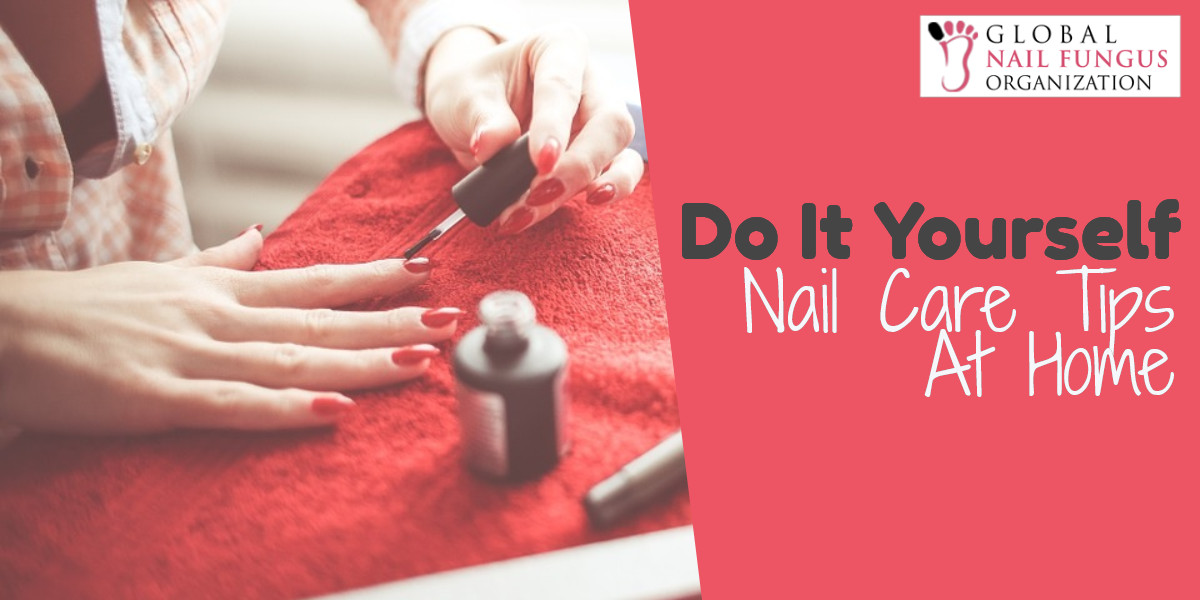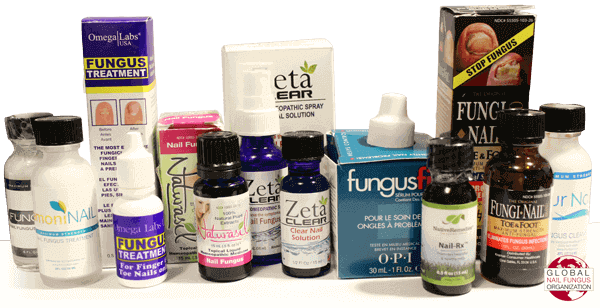 Do It Yourself: Nail Care Tips At Home
Do It Yourself: Nail Care Tips At Home
Table of Contents
The Importance of Nail Care
Many regard the use of their nails plainly for beautifying and accessorizing purposes, as dictated by the current trends in social media over nail art and design. Despite their aesthetic versatility, our nails have a variety of physiological functions that are often compromised when subjecting the nails to harmful chemicals. Our nails act as a front barrier to any foreign objects that may enter the body. They serve as protective layers to the fingers and toes. The nails may also reveal clinical signs and symptoms of underlying diseases, which we may overlook when one abuses them with abrasive chemicals used in nail art.
Having strong and healthy nails can be achieved through proper and regular maintenance. When nails are not kept clean, they harbor more dirt and bacteria causing irritating and uncomfortable nail problems. Infections of the fingernails or toenails are often characterized by swelling, thickening, or surrounding pain in the nail area. Left untreated, these infections may become serious and seeking a physician for treatment might be necessary.
One nail problem that you can prevent through good nail care and hygiene is nail fungus. Nail fungal infections (medically called Onychomycosis) happens when fungus infects the nail causing discolorations and deformities. Although a common nail abnormality, nail fungus is often stubborn and difficult to treat, especially when detected in its late stages. Initially, the nail will show dark spots or yellow streaks. You might also notice a change in its surface (from smooth to rough). Nail fungal infections are best identified and treated as early as possible.
Taking Care of Your Nails At Home
Benefits of Taking Care of Your Nails At Home
Keeping a healthy habit of caring for your nails at home does not only benefit your nails, it also helps you avoid expensive manicures and pedicures. The cost of a basic manicure/pedicure in nail spas nowadays can range from $20-$50, and can cost more depending on special nail services.
Wherever you are in the world, nail spas are a dominating business in the beauty industry. Unfortunately, there are no regular inspections for the cleanliness and safety of their tools and services. Many people can acquire infections from unsterilized equipment used in public nail spas. Also, some nail salons don’t provide the right amount of training for their nail technicians which in turn can cause certain injuries to their clients. Doing your nails at home prevents you from having to deal with this avoidable problem.
Preventive Tips Before Starting Your Nail Care Routine
1. Prepare your basic nail care tools. It’s best to start your nail care routine by getting a hold of these basic equipment that are easily available in your local beauty stores and pharmacy.
Basic Nail Care Needs:
- Nail Polish Remover
- Nail Cutter
- Nail Nippers
- Emery Board
- Orangewood Stick
- Cuticle oil/cream
2. Make sure all your equipment are clean and sterilized. Nail care equipment are usually made out of metal and leaving them dirty can cause them to accumulate dirt, oxidize, and form rust. This step is essential to prevent spreading and inflicting any type of infection from bacteria or fungus.
Steps To Cleaning and Sterilizing Nail Tools:
- First, wash them with an antibacterial soap and hot water.
- Boil them in water for about 20 minutes.
- Soak them in rubbing alcohol for another 20 minutes.
- Finally, let them thoroughly dry.
Steps To A Basic Nail Care Routine:
- Remove any existing nail polish with a nail polish remover.
- Let your nails soak in lukewarm water for 5-10 minutes to soften them.
- Trim your nails to your desired length using a standard nail cutter.
- Clean the nails underneath, and remove remaining dirt using an orangewood stick.
- Make the ends and corners of your nails smooth by filing them using an emery board.
- Apply cuticle oil/cream accordingly. Once the cuticles start to soften, push the cuticles back as gently as possible.
- Wash your nails after and thoroughly dry.
- Soften the rest of your hands by applying moisturizer.
At-Home Manicure and Pedicure Safety
- Nail polish removers are often made with strong chemicals that may dry your nails. Apply a cream or moisturizer directly to your nails to avoid them being too dry.
- Dermatologists don’t recommend cutting or harshly pushing back cuticles. Instead, light and gentle pressure is suggested when cuticles need to be pushed back.
- Complete disinfection and sterilization of your manicure/pedicure tools are essential to avoid the development and spread of infection.
- Nail discoloration may happen when you’ve kept your nail polish on for too long. Prevent this by taking them off after one to two weeks.
- Nail problems, like nail fungal infections, may cause embarrassment and humiliation for some. Despite this, refrain using artificial nails to cover up ugly nail problems.
Conclusion
Our nails act as added body accessories that we can play around with. However, they do not only serve the purpose of being aesthetically pleasing, but also provide a variety of essential roles to our health. Keeping them clean and healthy should always be a part of our hygiene habits. Although nail salons are starting to grow in popularity, at-home manicures and pedicures are still cheaper, time-saving, and safer.
Following the proper procedure to a good manicure and pedicure session at home is key. Preparing your tools and cleaning them before starting your nail care routine should always be a top priority. These precautionary steps prevent the development and spread of infections, like nail fungus. The basic nail care routine consists of removing dirt and existing nail polish, trimming, filing, and moisturizing. Though it may seem simple, undeniably, there are still risks for nail injuries, so it’s best to be always safe and careful. Making your nails clean and healthy through regular nail care routines are good preventive practices to infections, like nail fungal infections. Like they always say, “prevention is better than cure,” so start a regular nail care routine as early as possible.






